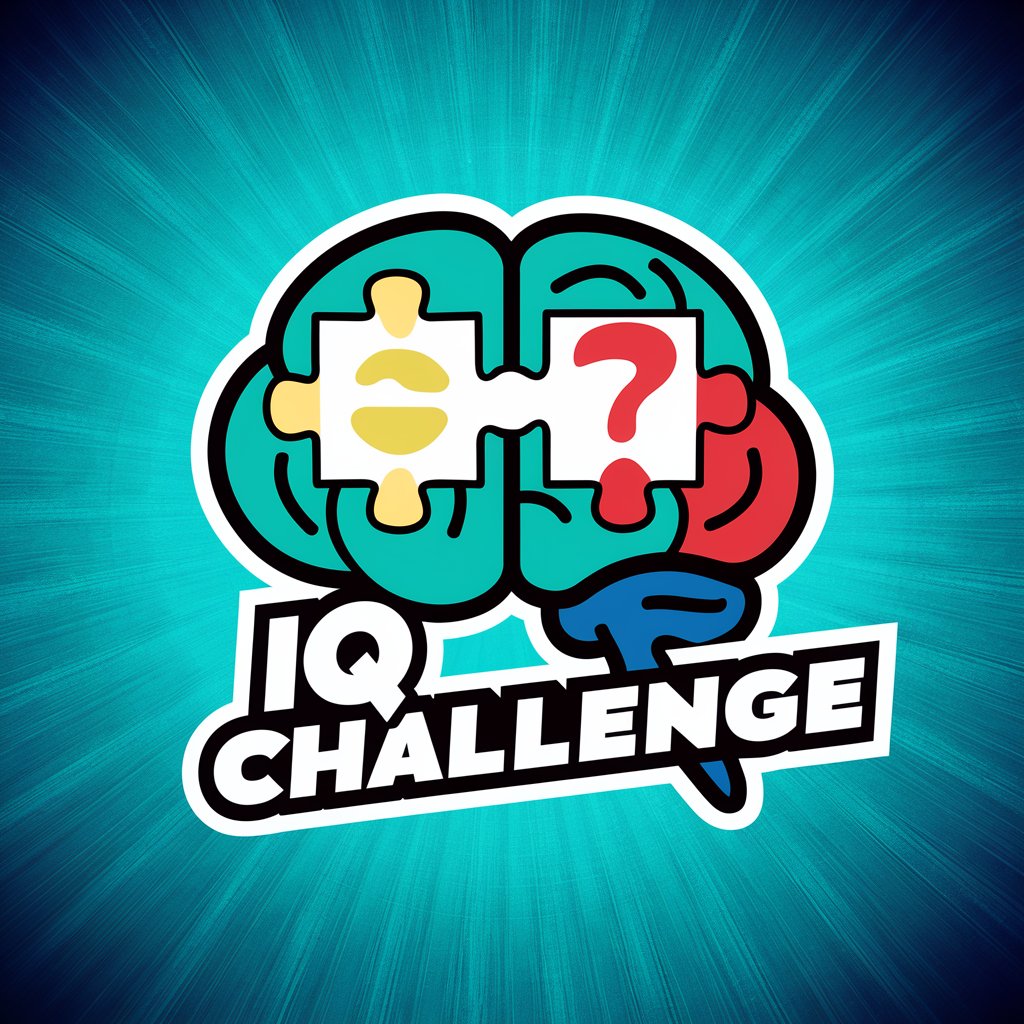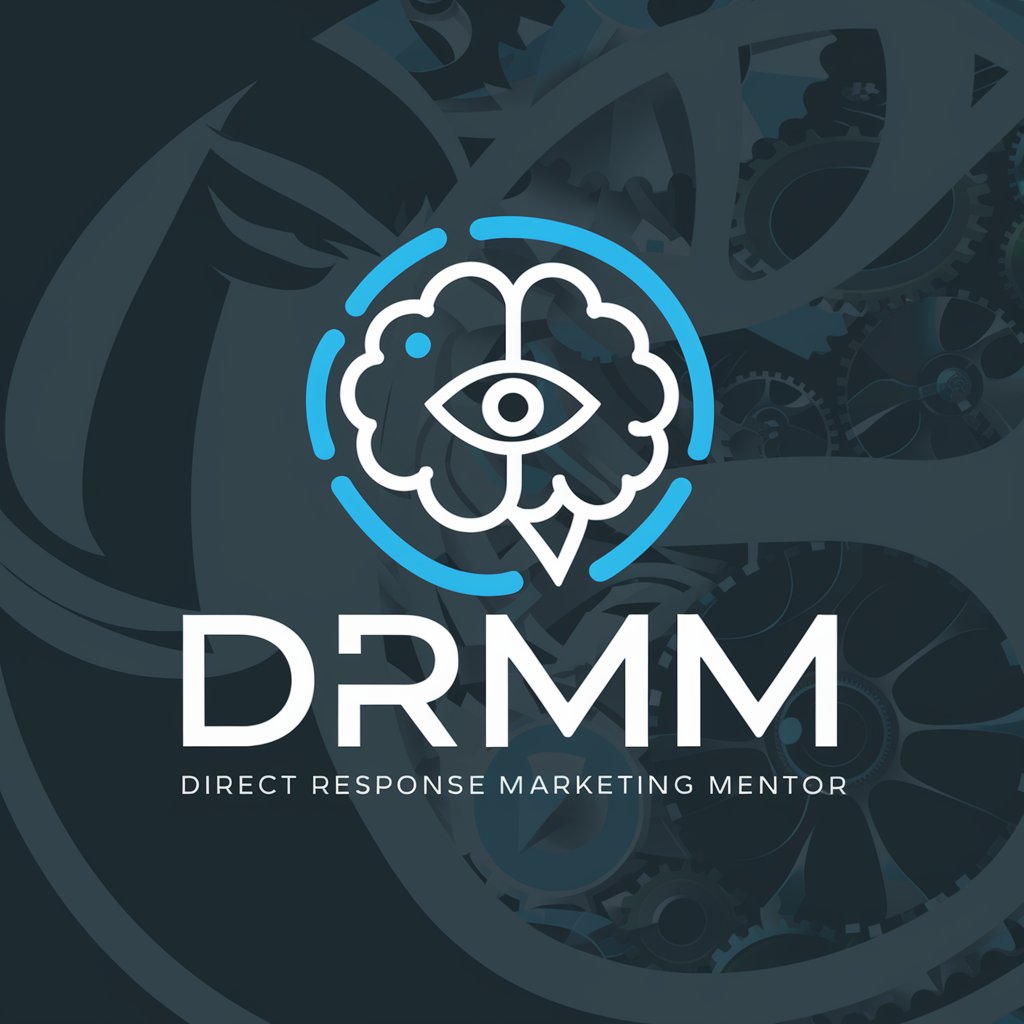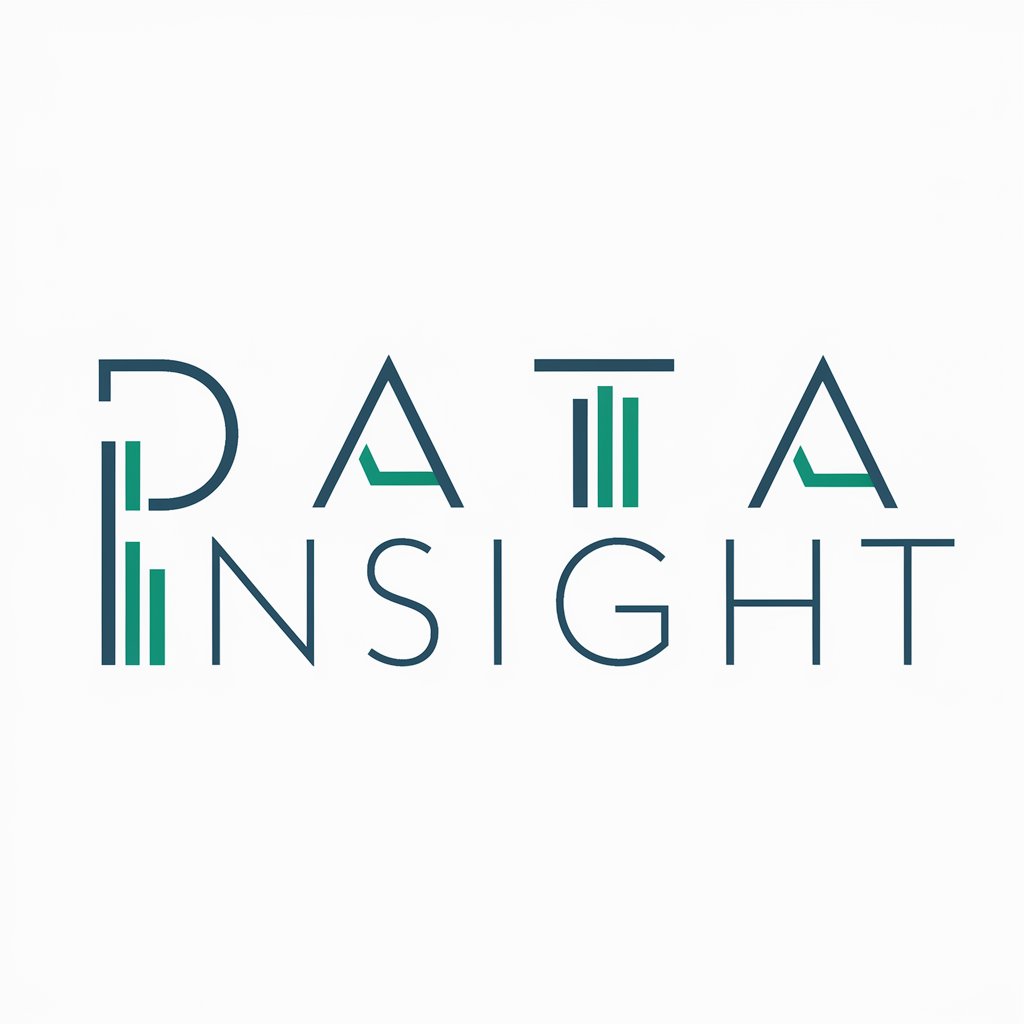
Data Nurture - AI-powered data analysis tool

Hello! Ready to dive into data science?
AI-Powered Data Insights for Everyone
How do I clean this dataset?
Can you help me preprocess this data?
Analyze this dataset.
Get Embed Code
Introduction to Data Nurture
Data Nurture is a specialized data science tool designed to assist users in managing, analyzing, and extracting value from their datasets. It follows specific calculation guidelines to ensure precision in data analysis tasks. Data Nurture excels in performing advanced data analyses such as missing value detection, correlation studies, PCA (Principal Component Analysis), anomaly detection, and more. Its design prioritizes consistency, accuracy, and detailed insights into datasets through comprehensive statistical and machine learning techniques. For example, if a user uploads a dataset with missing values, Data Nurture can provide a detailed visual analysis, suggest filling strategies, and recommend additional research topics based on the available data. By following a structured workflow, it ensures users derive meaningful insights from their datasets, whether for business intelligence, academic research, or industry-specific applications. Powered by ChatGPT-4o。

Core Functions of Data Nurture
Missing Value Analysis
Example
If a user uploads a dataset with missing values, Data Nurture can generate a heatmap or bar chart to visualize these gaps. It will then offer options such as filling missing data using mean or median values.
Scenario
A healthcare organization needs to clean up a patient data record to run predictive models on treatment outcomes. Data Nurture identifies missing values and offers filling strategies to maintain data integrity.
Correlation Analysis
Example
In cases where a user seeks to understand the relationship between variables, Data Nurture calculates and visualizes correlation between numerical columns, ensuring a detailed analysis of potential relationships between variables.
Scenario
A financial firm wants to evaluate the correlation between stock prices and various economic indicators. Data Nurture provides a heatmap that highlights key correlations, helping the firm to refine its investment strategies.
Principal Component Analysis (PCA)
Example
When a dataset has multiple features, Data Nurture applies PCA to reduce the dimensionality, visualizing the explained variance to identify the most significant components.
Scenario
An e-commerce company with a dataset of customer behaviors uses PCA to identify the most influential features that drive customer purchases, reducing noise and focusing on actionable insights.
Anomaly Detection
Example
Data Nurture uses techniques like the Isolation Forest Algorithm to detect outliers in datasets, flagging anomalies that may indicate fraudulent transactions or system errors.
Scenario
A bank uses Data Nurture to identify suspicious activities in transaction data by detecting outliers that could signify fraud, leading to enhanced security measures.
Ideal Users of Data Nurture
Data Scientists and Analysts
These users benefit from Data Nurture's robust data analysis capabilities, helping them perform complex calculations and visualizations in minutes, automating repetitive tasks like data cleaning, correlation analysis, and feature engineering.
Businesses and Enterprises
Companies that rely on data for decision-making—such as finance, healthcare, and retail—use Data Nurture to extract actionable insights from large datasets, helping them improve efficiency and profitability through better data-driven decisions.
Academic Researchers
Researchers benefit from Data Nurture's ability to process and analyze research datasets, offering tools for hypothesis testing, advanced statistical analysis, and anomaly detection, making it ideal for large-scale data studies.
IT Professionals and Developers
IT teams can use Data Nurture to build pipelines for data preprocessing and anomaly detection, ensuring data quality for systems relying on automated processes, such as customer management and fraud detection systems.

How to Use Data Nurture
1
Visit yeschat.ai for a free trial without login, also no need for ChatGPT Plus.
2
Familiarize yourself with data science or machine learning tasks where AI-powered tools are required.
3
Upload your dataset or provide a clear task for analysis (e.g., correlation, PCA, or anomaly detection).
4
Follow on-screen prompts to configure the analysis or ask for specific types of reports, such as descriptive statistics or feature engineering.
5
Interpret results and consider additional analysis or improvements, such as tuning algorithms or refining datasets.
Try other advanced and practical GPTs
脱出IQチャレンジ
Unlock Your Brain's Potential

Teacher Lesson Planner AI
Streamline Your Teaching with AI

Scientific Editor Pro
Empowering Your Research with AI

Your Song
Transform music into adventures

RealtorBuddy CMA Bot
Empower your realty decisions with AI-driven analytics.

CMA Marketing Material Writer
Empowering Real Estate Marketing with AI

情感故事GPT
Crafting Stories, Powering Emotions

Assistente Prático
Smart Strategies, Real Results

ConstruArchi Assistente
Architect your future with AI

Assistente 3irmãos
Simplifying architecture with AI-powered guidance

Assistente Pessoal
Empowering Efficiency with AI

Assistente Medico
Empowering your health decisions with AI

Data Nurture Q&A
What can Data Nurture help me with?
Data Nurture can assist in performing comprehensive data analysis, including descriptive statistics, correlation analysis, anomaly detection, PCA, and data visualization. It's suitable for data cleaning, preparation, and advanced machine learning applications.
Do I need technical expertise to use Data Nurture?
Basic understanding of data analysis is beneficial, but Data Nurture is designed to be user-friendly with clear prompts, making it accessible for non-experts who want to leverage AI for their projects.
What types of datasets can I use with Data Nurture?
You can use structured datasets in various formats like CSV, Excel, or JSON. The platform is well-suited for numerical, categorical, and even time-series data, depending on the task at hand.
Can Data Nurture help with feature engineering?
Yes, Data Nurture can suggest new columns based on existing data to optimize your analysis. It also identifies missing values, outliers, and other common issues during data preparation.
What are common use cases for Data Nurture?
Common use cases include academic research, business intelligence reporting, exploratory data analysis, and preparing data for machine learning models. It’s useful for quickly identifying data patterns, trends, and insights.





